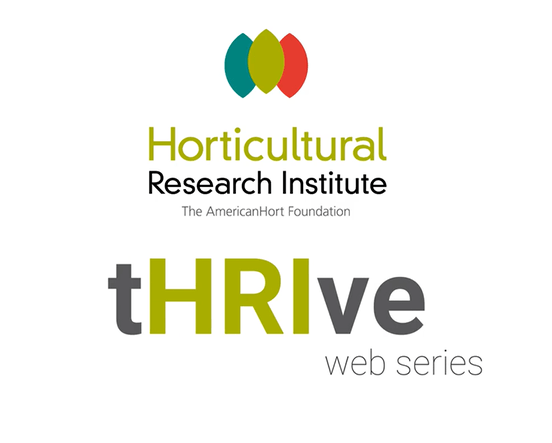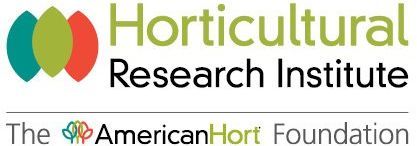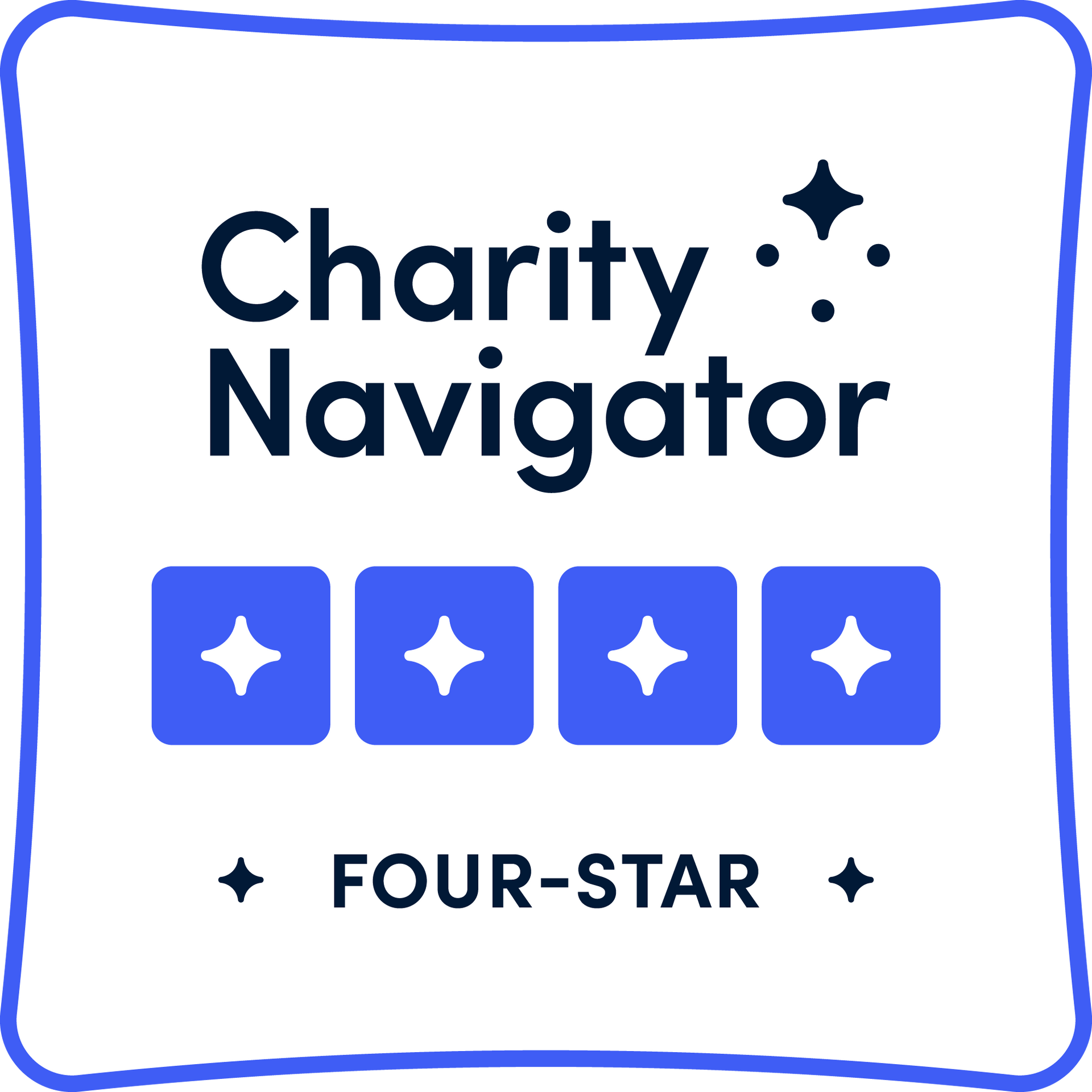tHRIve - WEB SERIES
Horticultural Research Institute helps you tHRIve with a new web-based series featuring key research findings. The tHRIve series covers research that is directly funded by HRI as well as research that is federally funded.
In announcing the new tHRIVe web series, HRI President Gary Knosher said, “HRI was created to improve the horticultural community through research that addresses critical issues and new innovations. HRI trustees recognize that research is critical to help our industry succeed and grow, and sharing new findings is part of that equation. I’m excited to be part of this focus of using videos not only to share new research but also to engage our community in another way.”
HRI supports research and outreach efforts that prepare the horticultural industry for challenges and opportunities for business success. Connecting the industry to the research is a key component in that endeavor. New tHRIve sessions will be posted throughout the year, with all content available online for free at any time. The tHRIve sessions will offer everything from bite-sized research clips to researcher interviews to short webinars to live Q&A with researchers.
The Horticultural Research Institute’s mission is to direct, fund, promote, and communicate horticultural research. The creation and launch of the tHRIve web series is another example of how HRI works to connect the industry to research-backed innovation.
Upcoming tHRIve Web Series
Nature's Best Hope
Recording Coming Soon!
Recent headlines about global insect declines and three billion fewer birds in North America are a bleak reality check about how ineffective our current landscape designs have been at sustaining the plants and animals that sustain us. Such losses are not an option if we wish to continue our current standard of living on Planet Earth. The good news is that none of this is inevitable. Choosing the right plants for our landscapes will not only address the biodiversity crisis but help fight our climate crisis as well. Tallamy will discuss simple steps that each of us can- and must- take to reverse declining biodiversity, why we must change our adversarial relationship with nature to a collaborative one, and why we, ourselves, are nature’s best hope.
tHRIve Web Series Recordings









IPM Strategies for Invasive Insects from FNRI
Whitefly has emerged as a major insect pest. Whitefly Biotype Q is particularly ominous, as conventional insecticide control options are limited. When Biotype Q was first identified as problematic, it was flagged as a regulatory concern threatening cotton and vegetable production. A collaboration of industry, regulatory agencies, and researchers was able to show that Biotype Q could be contained without restricting the movement of ornamental plants. The studies conducted by Dr. Cindy McKenzie and Dr. Lance Osborne as part of FNRI were critical to in that first effort and continue to improve management strategies.
But whitefly is not the only pest tackled by Dr.’s McKenzie and Osborne. One to two new insect species are identified in Florida every month, and some of these have the potential to become serious pests. These researchers also develop and optimize management guidelines for new invasives as they emerge.


Resilient Plant Research from FNRI
This set of videos focuses on research supported through the Floriculture and Nursery Research Initiative (FNRI) program administered by USDA ARS, the research agency for USDA. FNRI is a noncompetitive, national grants program that greatly benefits environmental horticulture. FNRI plays a critical role in generating scientific research on high priority issues that affect all segments of the floriculture and nursery industry, including postharvest technology, water quality, and pest management.
The set focuses on the FNRI “Resilient Plant Group”, including Dr. John Erwin, University of Maryland, Dr. Jim Faust, Clemson University, Dr. Paul Fisher and Dr. Celina Gomez, University of Florida, Dr. Charlie Hall, Texas A&M, Dr. Roberto Lopez, Michigan State University, and Dr. Erik Runkle, Michigan State University. This group collaborates to benefit greenhouse production through practical, applied research in areas such as energy inputs, water use optimization, resource efficiencies, economic efficiencies, and lighting.


Ralstonia Webinar: What You Need to Know
Ralstonia solancearum race 3 biovar 2 (R3B2), a federal quarantine pest, was recently confirmed in a single geranium variety in a greenhouse in Michigan, the first confirmed case in the US since 2004. Diseased geraniums planted in the landscape can potentially infect other plants, including tomatoes, potatoes, peppers, and eggplant and must be destroyed.
Since the detection was confirmed, AmericanHort has collaborated with the importer of the geranium and with USDA APHIS toward the goal of a rapid, targeted, and effective response that minimizes unnecessary interruption. HRI is proud to join this effort and host a webinar on the basics of R3B2, such as how it spreads and prevention strategies, to help educate the green industry. APHIS will be on hand to discuss the recent action plan, and Ball Horticultural Co will share their story.

HRI Funded Research
This set of videos highlights research directly funded by HRI through bite-sized clips of researchers discussing their key objectives and benefits to the industry.



